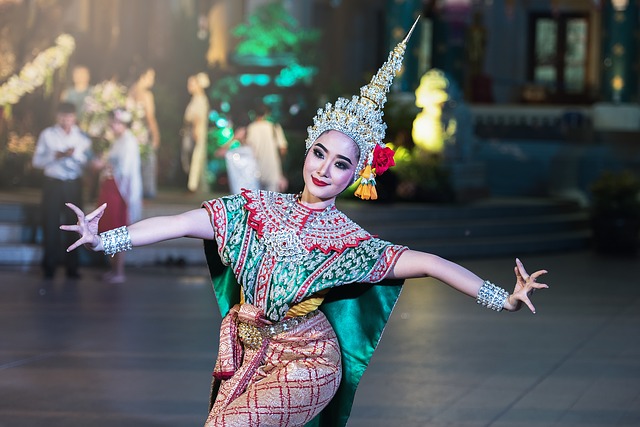
At times it can seem as though we have very little in common — that we are separated by so many things. That’s one of the reasons International Dance Day was created.
We may have different views, languages and religions, but we all have dance. International Dance Day is a celebration of dance, a chance to revel in the universality of the art form, to cross all political, cultural, and ethnic barriers, and bring people together with a language we can all understand — dance.
So, in honor of International Dance Day, Fred Astaire Dance Studio invites you to take a look at six examples of some of the most iconic dance styles from around the world and discover their roots.
Argentina — Tango
It’s hard to think of Argentina without thinking of the tango. The dance is so beloved, many countries have adopted it and developed a variety of styles, but the classic is the Argentinian Tango. The dance is thought to have developed in the late 19th century in the working-class neighborhoods of Buenos Aires.
Russia — Ballet
It may have formed in Italy during the Italian Renaissance, but no country embraced ballet as an art form quite like Russia. Like the tango, ballet also has several stylistic variations that are geographical in origin, but the Russians embraced ballet, not only as a form of entertainment, but as a “standard of physical comportment to be emulated and internalized.”
Japan — Kabuki
Kabuki is a dance as drama style and is sometimes translated as “the art of singing and dancing.” It is a cultural form so highly valued that in 2008, it was inscribed in the UNESCO Representative List of the Intangible Cultural Heritage of Humanity.
Spain — Flamenco
Flamenco is also on the UNESCO list and is proudly preserved and danced across the world (and is especially popular in Japan). Flamenco dancers are known for their proud posturing and rhythmic stamping of feet and clapping of hands.
India – Bhangra
Bhangra is a colorful and fun folk dance style that is often performed at social occasions, like weddings or festivals. Over the years we’ve seen it meld with other dance forms from across the globe to create the now classic Bollywood style of dance.
Ireland — Stepdance
It is hard to separate popular forms of stepdance like those seen in shows like “Riverdance” from the country of Ireland. The formal and rigid dance style requires swift foot movement and very little motion in the upper body. Historians believe that may have developed as dancers would have had limited space to perform in the pubs and homes of the 1700s.
United States — ???
As the United States is such a melting pot, is it even possible for us to have a uniquely American dance? You could get as many answers to that question as there are dance historians! Nothing less than the Smithsonian considers Square Dancing as uniquely American with its European, Native American, and African roots. Others consider tap dancing as a uniquely American art form with its convergence of Afro-Irish step dances, while others look to more modern forms like breakdancing and hip-hop.
No matter! From the back alleys of Argentina to the bright lights of Broadway, dance has a commonality that connects us all. Join Fred Astaire Dance Studios in celebrating International Dance Day by dancing to whatever style of dance you choose, after all — we’re all speaking the same language!

